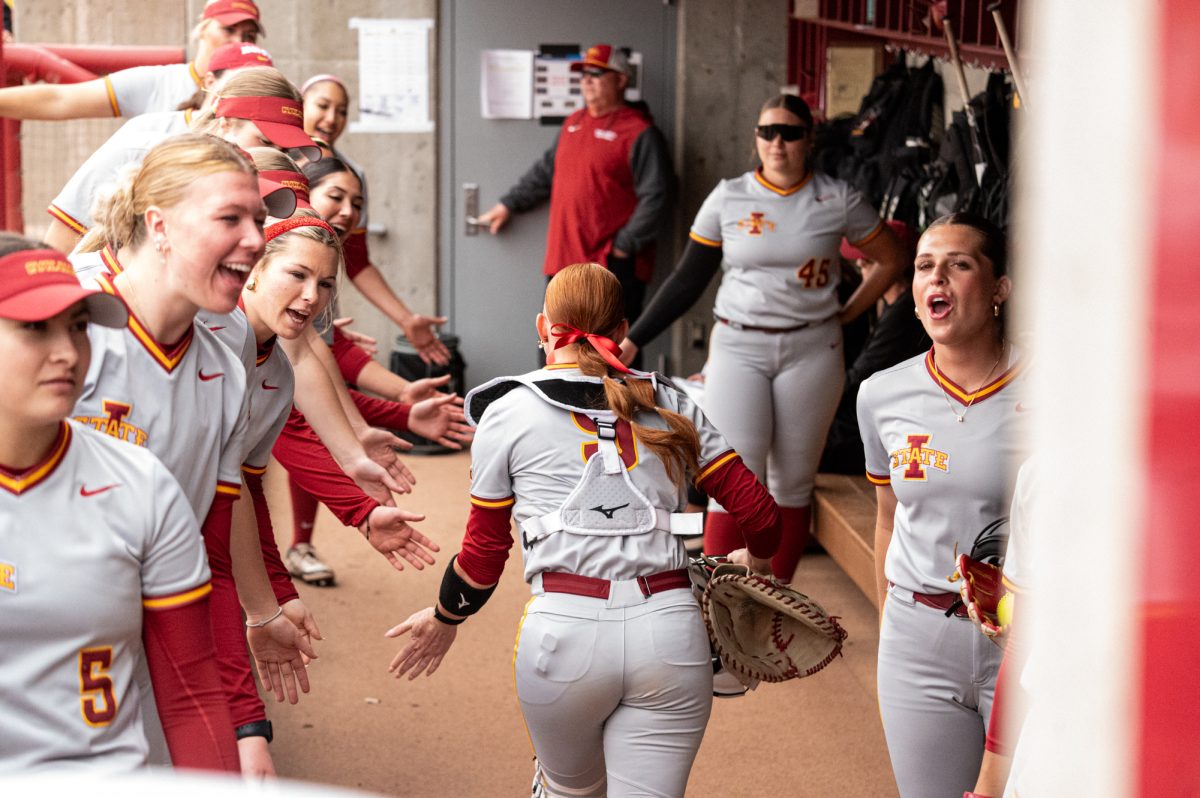ISU tornado simulator drew national attention
April 22, 2008
Since it was completed in 2000, Iowa State’s tornado simulator has been a media darling. It’s been featured on the Discovery Channel and the History Channel, as well as ABC, NBC and other major news organizations.
Partha Sarkar, professor of aerospace engineering, felt the national coverage has been good for the university as well as the aerospace engineering program.
“Our name certainly got flashed, and it gets out there – people remember our program as part of the university,” Sarkar said.
Sarkar recently completed a four-year-long project using the simulator to study the effects of tornado-like winds on man-made structures. Two other professors collaborated on the project: William Gallus, professor of geological and atmospheric sciences, and Fred Haan, assistant professor of aerospace engineering.
Sarkar’s results could help future builders minimize tornado damage.
“We have learned that winds of an F-2, which is a moderate tornado, will be large enough to rip roofs off of houses, buildings and other structures, so we have to make the roof load 1.5 times larger,” Sarkar said. “We have to improve the design so it can withstand a moderate tornado.”
Sarkar has also completed the first of two phases in a second project in which he will use the simulator to conduct a study of surface winds produced by tornados and hurricanes and learning how to reduce the damage and improve public safety. The second phase will start on Sept. 1 and Sarkar aims to have completed it by September 2009.
Kevin Sehn, graduate student in aerospace engineering, explained how the mechanics of the simulator works.
“We turn it on and the fan – which is 6 feet in diameter – creates a 3-foot vortex,” Sehn said. “Then the fan spins and sucks up air through the center – which turns the wind veins, deflecting the flow and changing the shape of the vortex.”
After that, they try to create the greatest amount of force with the largest amount of suction using scaled-to-size buildings and structures.
The simulator is located in the Wind Simulation Testing Lab in Howe Hall.






